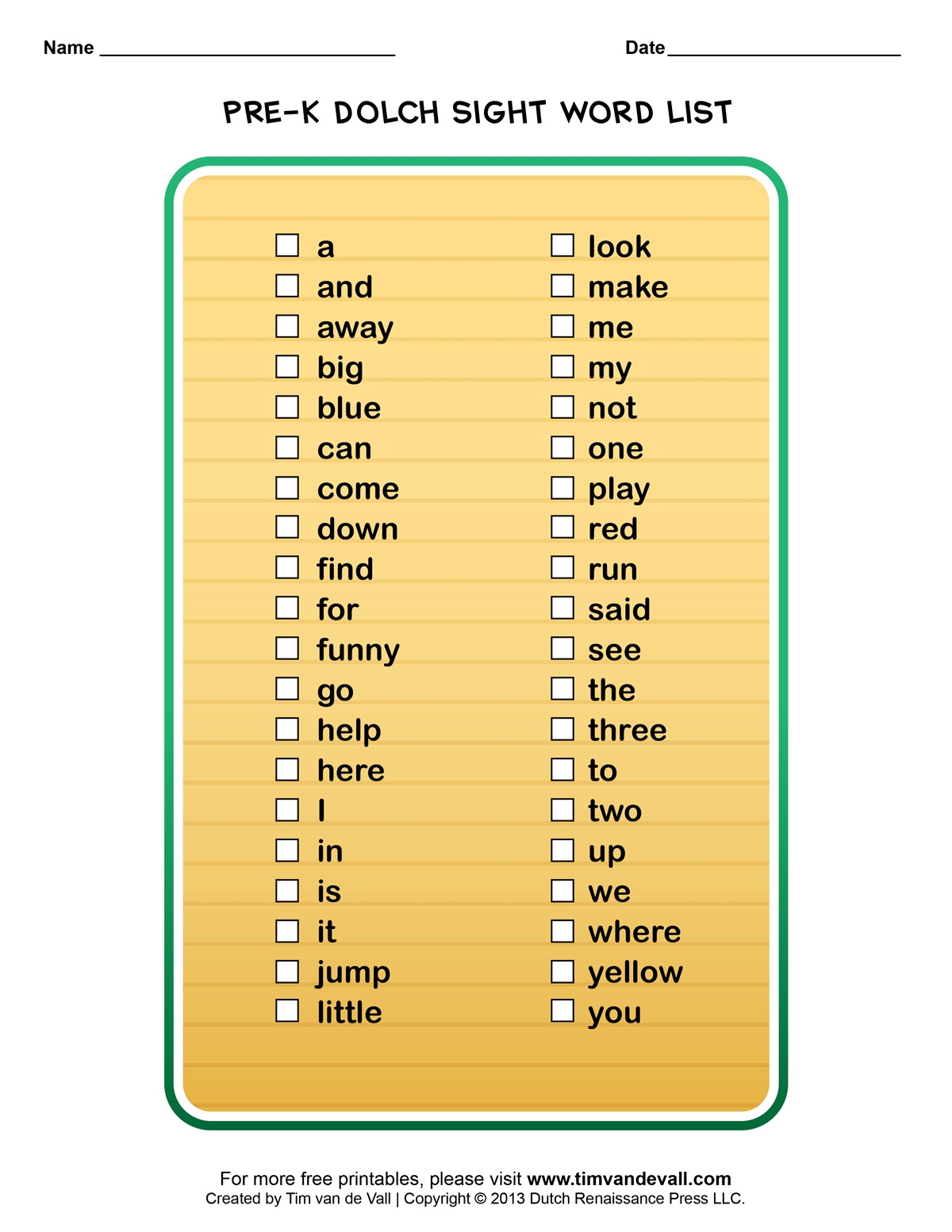Kindergarten is an important time for young children to start learning basic reading skills. One of the key components of early reading development is recognizing and memorizing sight words. Sight words are common words that appear frequently in written text and often do not follow phonetic rules. These words are essential for young readers to recognize quickly in order to improve their reading fluency and comprehension.
Introducing sight words to kindergarten students can help them build a strong foundation for reading and writing. By mastering these words, children can progress to more complex texts and improve their overall literacy skills. Here are some basic sight words that are commonly taught in kindergarten:
Basic Sight Words List:
1. the
2. and
3. is
4. in
5. it
Teaching these sight words to kindergarten students can be done through various activities such as flashcards, games, and repetitive practice. By incorporating these words into daily lessons, children can start to recognize them in different contexts and develop a strong sight word vocabulary.
Repetition is key when it comes to learning sight words. By consistently reviewing these words with students, teachers can help reinforce their recognition and improve their reading skills over time. It is important to make learning sight words fun and engaging for young learners to keep them motivated and interested in the learning process.
As children progress through kindergarten and beyond, they will continue to learn more sight words that will help them become proficient readers. By starting with these basic sight words, students can build a solid foundation for their reading journey and develop a love for reading at an early age.
In conclusion, introducing basic sight words to kindergarten students is a crucial step in their reading development. By mastering these common words, children can improve their reading fluency and comprehension skills, setting them up for success in their academic journey. With consistent practice and support from teachers and parents, young learners can become confident readers who are eager to explore the world of written language.
